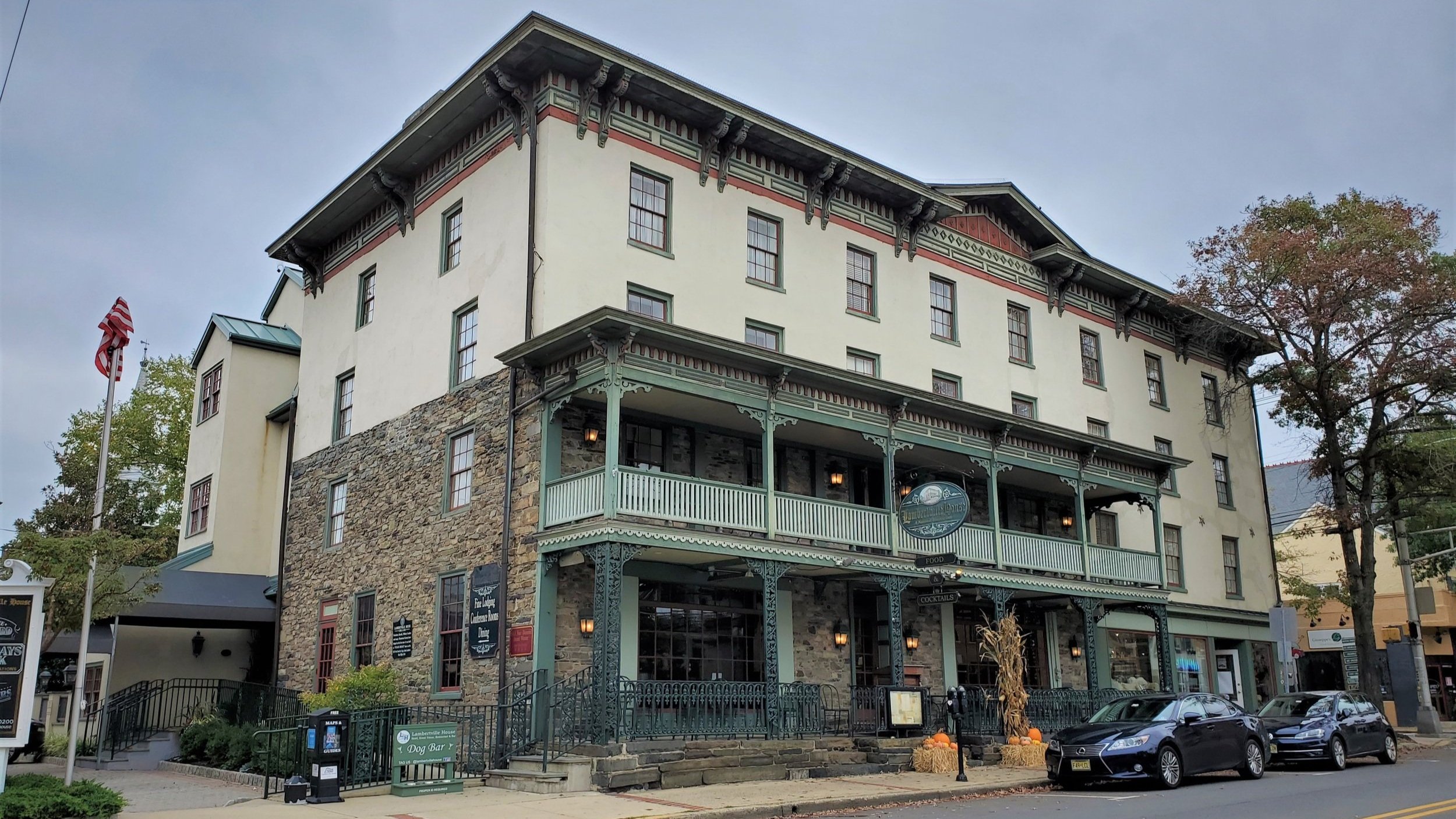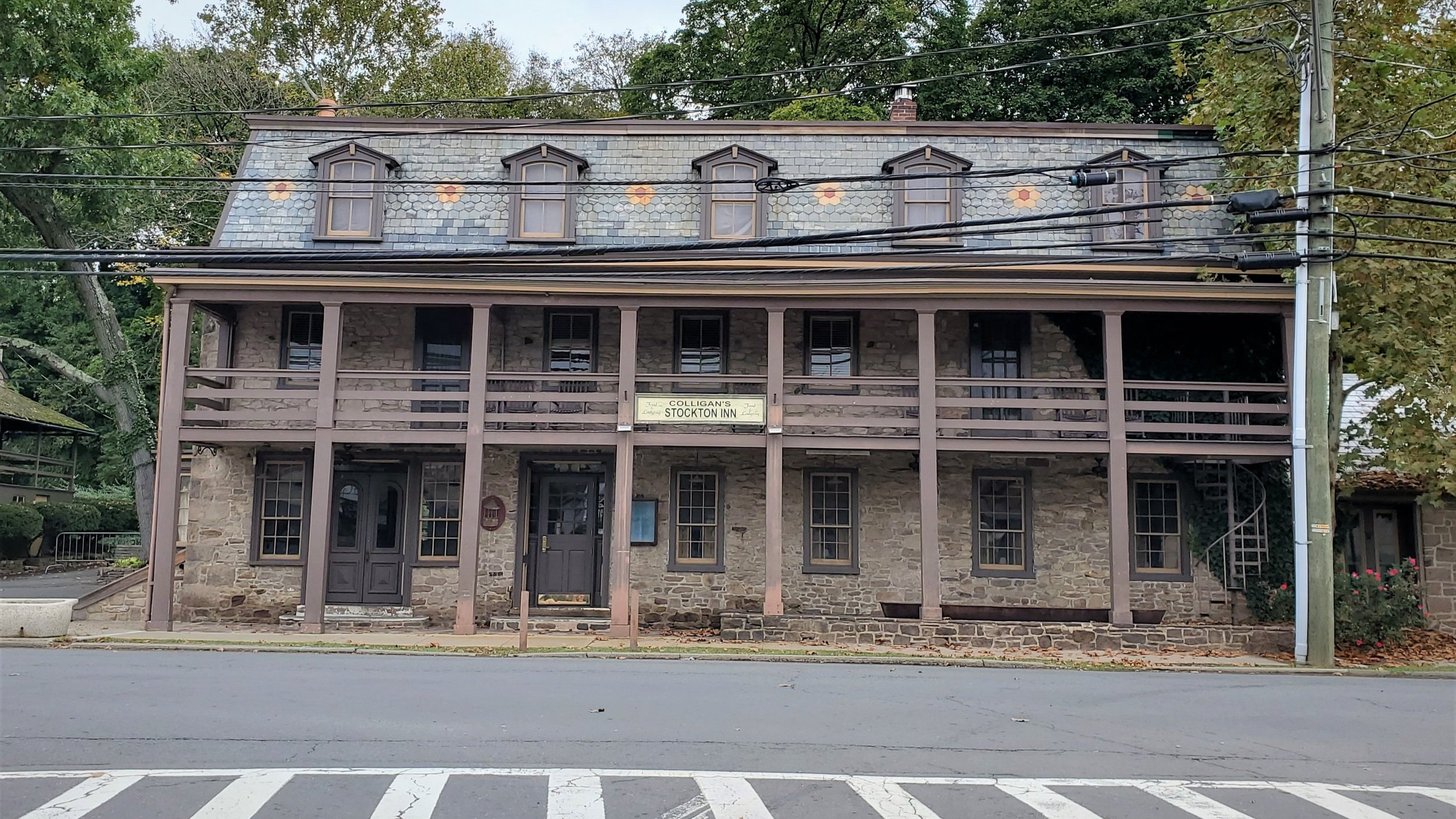Large Scale, Small Scale
I’ve written a bit lately about an aspect of land use and development patterns that isn’t talked about explicitly all that much—the “trade areas” and general scale of businesses. The term trade area refers, basically, to the radius of the area from which a store’s customers are expected to come. An old-fashioned neighborhood supermarket, for example, has a trade area of just a few blocks, maybe a little more. A Walmart’s trade area could be anywhere from 5 to 10 miles to 20 or 30 or more, depending on the location. A business’s trade area is closely related to its scale—neighborhood, local, or regional—as well as to the size of its building or square footage. But more on this last bit below.
I touched on trade areas in my most recent piece here, where I documented a visit to a couple of mixed-use developments in Virginia, out at the edge of the Washington, DC, metro area. These two developments had supermarkets, meant to serve the residents of the adjacent homes. However, because they were supermarkets—not neighborhood-scaled grocery stores—they both ended up going out of business. Why? The area could not support multiple full-size supermarkets. Those mixed-use developments had tried to replicate the appearance of a neighborhood, and they got the basic building blocks right, but they got the scale wrong. And, given trends in retail and economics, we quite often get the scale wrong.
I wrote:
One of the lessons here is that it’s very difficult to replicate the idea of a neighborhood supermarket—or of a neighborhood at all, as these mixed-use centers try to do—without altering the scale and economics of big-box retail. These supermarkets are simply too large to serve only their immediate communities; they compete with each other across the whole area, regardless of what that means for people who live in the adjacent developments. Without business at a more fine-grained scale and able to sustain itself with smaller trade areas, you can’t ensure that these mixed-use developments will retain a grocery store on site over the long term.
That brings me to Hunterdon County, New Jersey, where I grew up. Last fall, I spent a week up there, exploring the familiar countryside and small towns of central New Jersey with my relatively new set of professional interests. My hometown, and much of the county and general region, is protective of the quaint, quiet look and feel of the place. They are, like many people in small towns and suburbs, often opposed to new development. But I noticed something interesting.
These quaint, sleepy towns—or, at best, touristy, artsy little towns—were full of bits and pieces of exactly the sort of small-scale but quite genuine urbanism that I saw missing in that mixed-use development with the defunct supermarket.
Take my hometown of Flemington. There are a couple of little buildings with false facades, meant to make the buildings look taller than they are. There were, according to research by members of a local Facebook group, not one but two small grocery stores right on Main Street. There was a train station a couple of blocks down, which could once take you somewhere but now runs only short trips for tourism purposes. And there was a hotel, historic Main Street’s visual centerpiece, and the center of a 10-plus-year battle over redevelopment.
In other words, Flemington—whose local politics for the last 15 years have been the poster child for NIMBYism—was once a tiny city proud of its few square blocks of elegant urbanity. Flemingtonians were people who lived and lodged downtown, rode trains around the region, and walked from their house on a street grid or their downtown second-floor apartment to buy groceries. Yet now they frequently view such things as suspect or as a threat to the character of their community. What happened? Well, maybe scale.
Let’s go back to those hotels. Here’s Flemington’s (which at long last is being completely rebuilt, but with the historic façade retained and renovated.)
Here’s the one in Whitehouse Station:
The one in Lambertville:
And the one in Stockton:
I photographed a few more on my trip, but you get the idea. These are considerable buildings, especially for the time and place they were built. At the time of construction, Flemington had about 1,600 people; Whitehouse Station probably a few hundred (census data only exists for the township); Lambertville under 2,000; and Stockton about 500.
These hotels might look and feel out of scale, and yet…they don’t. Indeed, the whole idea of hotels, tourists, travelers, and trains in towns of a few hundred people might feel discordant. And yet…it didn’t. The small population numbers bely just how cosmopolitan these little towns surrounded by countryside were. The Stockton Inn, for example, was the subject of the 1936 show tune “There’s a Small Hotel”—testifying to the curious fact that many quiet small towns were more “on the map” a century ago than they are today. Stockton, too, had a train station, which no longer operates as such.
So why do these buildings—structures that, if erected today in a suburban residential neighborhood or even along an old main street, would be seen as too big, too out of scale—not feel that way? Maybe because their scale, in another sense, was hyperlocal. Their trade areas were almost immediate—every small town had its own little hotel. They were all likely owned and managed by someone who lived in town, whose business and family and civic connections all grew together. Today, we think of large buildings as having large trade areas, but in small-town America, that wasn’t the case.
Commerce, however, has shifted from these small towns, which once had their own economic and social ecosystems, to the suburbs. Today, the “Flemington” hotel is a Hampton or Ramada Inn on the edge of town that serves tourists or visitors for much of the whole county. Most of the old small-town hotels are now just restaurants, with their old rooms closed off. They’re too big for a family to run, but too small to justify the investments of running a modern large-scale (in terms of size) hotel.
So what if we could get back large buildings hosting businesses at a hyperlocal scale? Would that do anything to reduce the sentiment we call NIMBYism? Maybe it isn’t really about the number of apartments or parking spots or stories, and more of a sense of mourning that the old arrangements which created the town’s prized historic buildings no longer exist, and that few developers today can recreate it, or have incentives to do so.
Classic, nostalgic American urbanism is everywhere, even in what was once rural central New Jersey. But it’s not just about buildings; it’s about zoning and financing that can support small and local developers, for example. It’s about fostering a regulatory and economic environment where a big hotel in a town of 500 people feels just like home.
Addison Del Mastro writes on urbanism and cultural history. He tweets at @ad_mastro and writes daily at Substack.





